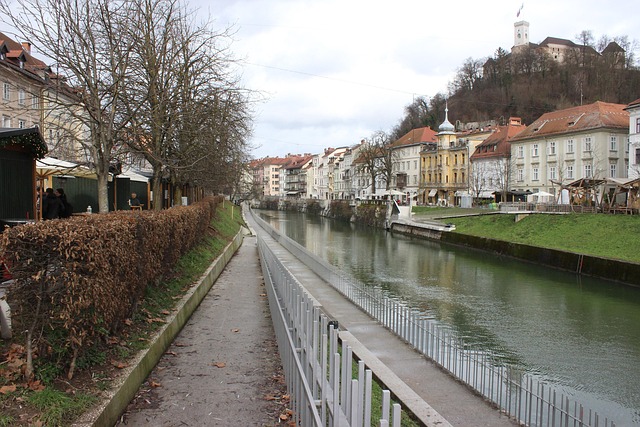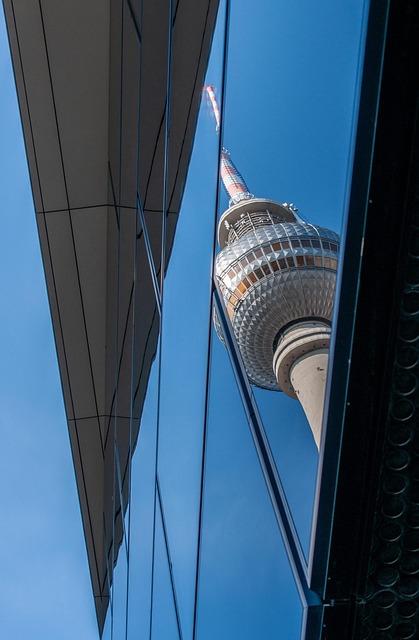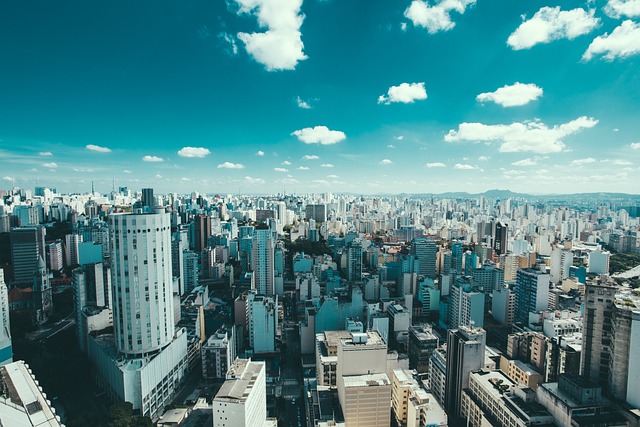Karachi, Pakistan's largest city, faces significant traffic congestion on main roads like Tariq Road during peak hours due to high vehicle density and inefficient management strategies. City authorities have initiated solutions including smart traffic signal optimization, improved road markings, and dedicated bus lanes. Future prospects involve implementing smart traffic management systems, developing alternative routes, and promoting public transportation to alleviate congestion and create a more sustainable urban environment. Effective urban planning integrated with these strategies aims to transform Tariq Road into a model for efficient traffic management in the bustling metropolis of Karachi.
In the bustling metropolis of Karachi, understanding traffic patterns is crucial for efficient urban mobility. This article delves into the intricate dynamics of one of the city’s iconic routes—Tariq Road. We explore its historical evolution, from its past as a vibrant commercial center to its present challenges and future prospects. By examining strategies to manage traffic flow on Tariq Road, we aim to enhance the overall traffic experience for Karachi’s diverse population.
- Understanding Traffic Patterns in Karachi: A Comprehensive Overview
- The History and Evolution of Tariq Road: From Past to Present
- Challenges and Solutions: Managing Traffic Flow on Tariq Road
- Future Prospects for Enhancing Traffic Experience in Karachi's Iconic Route
Understanding Traffic Patterns in Karachi: A Comprehensive Overview

Karachi, as Pakistan’s largest metropolis, is renowned for its bustling streets and complex traffic patterns. Understanding these patterns is crucial for anyone navigating the city, from residents to visitors and urban planners. The traffic flow in Karachi is influenced by various factors, including demographic density, economic activities, and infrastructure development.
The city experiences peak traffic during morning and evening commutes, with a significant number of residents relying on private vehicles. Major thoroughfares like Tariq Road, known for its heavy vehicular volume, showcase the challenges of congestion and slow-moving traffic. By studying these patterns, transportation authorities can implement effective strategies to improve traffic management, ensuring smoother travel experiences for all road users in Karachi.
The History and Evolution of Tariq Road: From Past to Present

Tariq Road, a prominent thoroughfare in Karachi, has a rich history that reflects the city’s growth and transformation over the decades. Originally known as the Grand Trunk Road, it was a vital link in the ancient trade routes connecting India to Central Asia. As Karachi emerged as Pakistan’s economic hub, Tariq Road became a key corridor for commercial activities, facilitating the bustling markets and industries that define the metropolis today.
Over time, the road has evolved from a simple trading route to a modern multi-lane highway. The construction of overpasses, underpasses, and the widening of the road have significantly improved traffic flow, addressing historical congestion issues. Today, Tariq Road stands as a testament to Karachi’s dynamic nature, connecting diverse neighborhoods and commercial centers while carrying the weight of its historical significance into the present.
Challenges and Solutions: Managing Traffic Flow on Tariq Road

Tariq Road, a bustling artery in Karachi, faces significant traffic challenges during peak hours, causing congestion and delays. The primary issues include high vehicle density, inadequate road infrastructure, and poor traffic management strategies. To address these problems, the city authorities have implemented various solutions.
One approach is to optimize traffic signals and introduce smart signal control systems. By analyzing real-time data, these systems adjust signal timings based on traffic flow, reducing delays. Additionally, road markings and signage are being improved to guide drivers effectively. The introduction of dedicated bus lanes also encourages public transport use, thereby decreasing private vehicle numbers on the road. These measures aim to enhance overall traffic flow, making Tariq Road a smoother and more efficient transportation corridor for Karachi’s folks.
Future Prospects for Enhancing Traffic Experience in Karachi's Iconic Route

The iconic Tariq Road, a vital artery in Karachi, faces unique challenges as the city’s traffic patterns evolve. To enhance the traffic experience for both residents and visitors, several future prospects can be explored. Implementing smart traffic management systems, leveraging technology to optimize signal timings, and integrating real-time data feeds can significantly reduce congestion. These measures will not only ease travel but also promote a smoother flow of vehicles, ensuring a more enjoyable commute.
Additionally, the development of alternative routes and efficient public transportation options can distribute traffic pressure from Tariq Road. By encouraging the use of buses, metro trains, and bike lanes, Karachi can move towards a more sustainable and less congested urban environment. These prospects, combined with effective urban planning, can transform Tariq Road into a model for efficient traffic management in the bustling metropolis that is Karachi.
Karachi’s iconic Tariq Road, with its rich history and complex traffic patterns, presents both challenges and opportunities. By understanding the past, present, and future of this bustling route, we can navigate towards a more efficient and enjoyable traffic experience. Through implementing innovative solutions and embracing sustainable practices, Karachi can revolutionize its transportation infrastructure, ensuring smoother journeys for its vibrant folks. This comprehensive overview highlights the potential for enhancing traffic flow, making Tariq Road a model for urban mobility in the heart of Pakistan.
